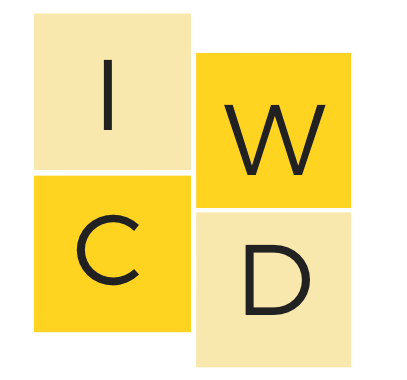Réjean Hinse
In 1964, Réjean was wrongly convicted of robbing a general store in Mont-Laurier, Quebec and sentenced to fifteen years in prison. Réjean spent seven years incarcerated which included three years of remand. Réjean never stopped fighting for his freedom and in 1989 the Quebec Police Commission concluded he was the victim of a botched investigation. Réjean had established that he could not have been part of the robbery because he was in Montreal, 200 kilometers away. In 1994, Réjean’s conviction was quashed by the Quebec Court of Appeal and a stay of proceedings was ordered. In 1997, 33 years after his conviction, Réjean was acquitted by the SCC but the Quebec and federal governments refused to acknowledge his innocence. Réjean sued for compensation and in 2010 his civil case went to trial and in April 2011 the Quebec Superior Court ordered the Quebec and the federal government to pay him $13.1 million. The Quebec government reached a settlement with Réjean before the judgement and paid him $4.5 million. In 2015 the federal government appealed to the SCC concerning the monies they were ordered to pay and won. Réjean describes his time in prison this way, "After I was sentenced ... the headaches were unbearable. The only way to cope with the pain was to keep banging my head against the stone wall - a little harder, then a little harder still, until the pain I was inflicting on myself became more intense than the other pain." Réjean describes the pain and the psychological damage of his experience with the emotions represented in the Edvard Munch painting The Scream. Réjean is a tireless advocate for the wrongly convicted.
Réjean a été condamné à tort pour le vol à main armée commis en 1961 dans un magasin général de Mont-Laurier, au Québec. Il a été reconnu coupable de vol aggravé en 1964 et condamné à quinze ans. Réjean a passé sept ans en prison, dont trois ans de détention provisoire. Réjean n'a jamais cessé de se battre pour sa liberté et d'établir son innocence et finalement, en 1994, sa condamnation a été annulée par la Cour d'appel du Québec et une suspension des procédures a été ordonnée. Réjean avait établi qu'il ne pouvait pas faire partie du vol car au moment où il était commis, il se trouvait à Montréal, à 200 kilomètres de là. Le coaccusé a admis que Réjean n'était pas impliqué. En 1989, la Commission de police du Québec a conclu qu'il avait été victime d'une « enquête bâclée. En 1997, 33 ans après sa condamnation, Réjean est acquitté par la CSC mais les gouvernements québécois et fédéral refusent de reconnaître son innocence. Réjean a intenté une action en réparation. En 2010, sa cause civile a été jugée et en avril 2011, la Cour supérieure du Québec a ordonné au gouvernement du Québec et au gouvernement fédéral de lui verser 13,1 millions de dollars. Le gouvernement du Québec a conclu un règlement avec Réjean avant le jugement et lui a versé 4,5 millions de dollars. En 2015, le gouvernement fédéral a fait appel à la CSC concernant les sommes qu'ils ont été condamnés à payer et gagnés. Réjean continue de se battre. Réjean décrit ainsi son séjour en prison : "Après ma condamnation... les maux de tête étaient insupportables. , jusqu'à ce que la douleur que je m'infligeais devienne plus intense que l'autre douleur." Réjean illustre la douleur et les dommages psychologiques en faisant référence à un tableau d'Edvard Munch intitulé Le Cri. Réjean est un combattant infatigable pour découvrir la vérité et responsabiliser les gens. Il est un fervent partisan de toutes les autres personnes condamnées à tort et les soutient dans leur combat pour blanchir leurs noms.

